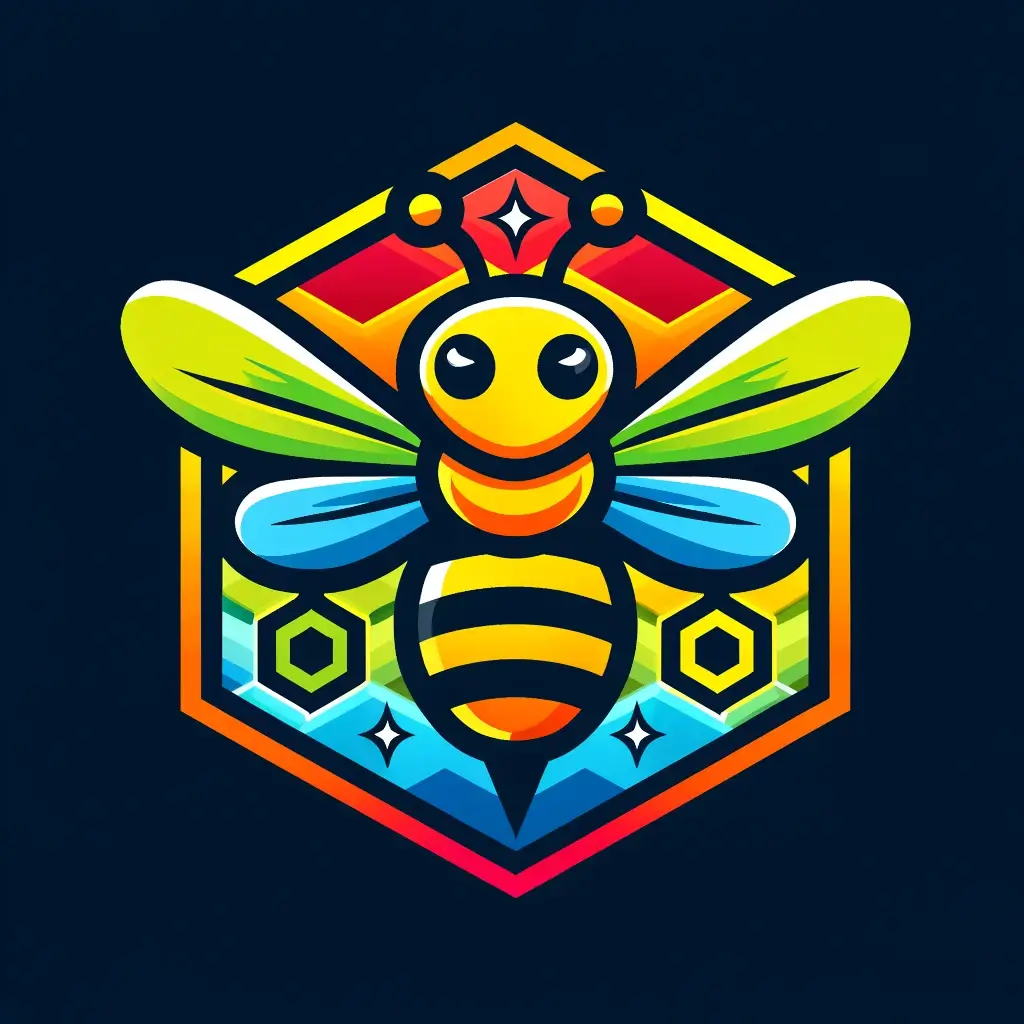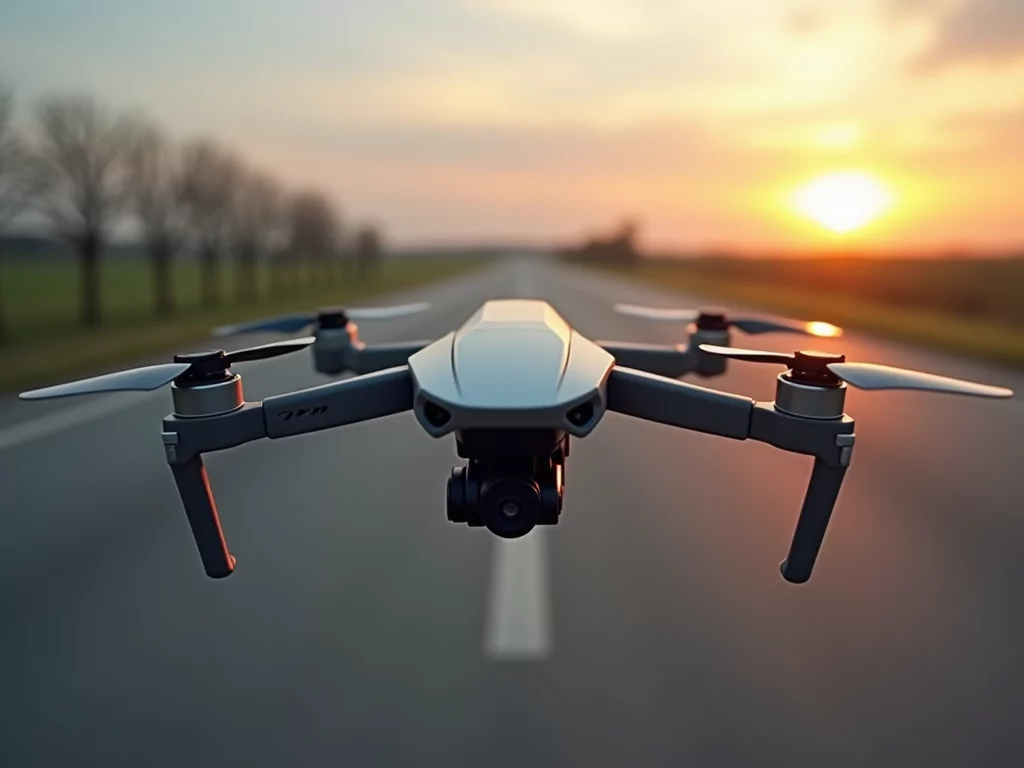Offering pilots an exciting experience combining speed, agility, and skill, racing drones have swept over the field of competitive flight. As we near the conclusion of 2024, new models continue to push the limits of performance and innovation. In this comprehensive guide, we’ll explore the best racing drones of the year, helping you find the perfect fit for your racing style and budget.
Essential Considerations for Selecting a Racing Drone
Understanding the key elements influencing a racing drone’s performance will help you appreciate the top models on our list. These factors include:
Speed
Racing drones are designed for speed, with some models reaching up to 120 mph. Look for drones with strong motors, lightweight frames, and aerodynamic designs that maximize speed and maneuverability.
Durability
Drone racing often involves crashes, making durability crucial. Opt for drones with strong frames and protective features. Carbon fiber and aluminum frames offer excellent durability without adding excess weight.
Flight Time
Racing drones typically have shorter flight times due to their high-performance nature. Look for models with high-capacity batteries and optimized power systems to maximize your flight sessions.
Camera Quality
A high-quality FPV camera is essential for immersive racing. Choose cameras with wide fields of view, clear video transmission, and high-resolution footage for content creation and post-race analysis.
Customization
Many racing drone enthusiasts enjoy building and customizing their own drones. If customization appeals to you, look for models with adaptable mounting options and compatibility with various flight stacks and video transmitters.
Top Racing Drones for 2024
1. iFlight Nazgul XL5
Notable for: General Performance
A top pick for racers seeking a balance of performance, durability, and value, the iFlight Nazgul XL5 is a 5-inch freestyle drone with standout features such as:
- ATX435 flight controller
- Blitz 1.6W video transmitter
- Blitz E55S 2-6S 55A ESC
Its carbon fiber frame and aluminum camera mount ensure lightweight durability, while the GoPro mount allows flexibility for capturing stunning aerial footage.
Pros:
- Enhanced durability with carbon fiber and aluminum
- Anti-spark filter for component longevity
- Clear video output with propeller obstruction avoidance
- Built-in buzzer and receiver mount for easy maintenance
- Standard mounting holes for customization
Cons:
- Complex for beginners due to advanced features
- Customization may require additional tools and parts, increasing costs
2. EMAX Tinyhawk II Freestyle
Notable for: Best Value
Offering impressive performance at an affordable price, the EMAX Tinyhawk II Freestyle delivers great value with features like:
- Optimized power system with AVAN Rush 2.5-inch propellers and 1103 7000KV motors
- Durable aerospace-grade 3K braided carbon fiber frame
- Improved video transmission over previous models
Pros:
- Better flight performance and video clarity
- Strong carbon fiber frame for durability
- Exciting racing with fast top speed
- Easy maintenance with user-friendly design
Cons:
- Short flight time of around 4 minutes
- Advanced features might be challenging for beginners
3. BETAFPV Cetus Pro
Notable for: Best Pocket-Sized Design
The BETAFPV Cetus Pro is perfect for pilots who value portability without sacrificing performance. Key features include:
- Brushless motors for freestyle tricks and racing
- Three flight modes (normal, sport, manual) with three speed levels each
- Turtle mode for self-righting after upside-down landings
Pros:
- Beginner-friendly with multiple modes and flight assistance
- Versatile performance for different flying styles
- Stable hovering with altitude hold
- Turtle mode for easy recovery after crashes
- Safety features like emergency landing protection
Cons:
- Short flight time of 4 to 5 minutes
- Some features may be difficult for true beginners
4. APEX VR70
Notable for: Ease of Use for All Skill Levels
The APEX VR70 offers an immersive VR flight experience with user-friendly features, making it suitable for pilots of all skill levels. Highlights include:
- Real-time FPV footage through 120° FOV goggles
- Manual flight mode for advanced pilots
- 15 to 18 minutes of flight time with three included batteries
Pros:
- Immersive VR experience with wide FOV goggles
- Beginner-friendly altitude mode for stable flight
- Drop-resistant design for first-time pilots
- Long flight sessions with multiple batteries
Cons:
- Propeller pop-offs during flight (extra props included)
- Lacks a high-quality 1080p camera
5. DJI Avata 2
Notable for: Overall Design
The DJI Avata 2 combines intuitive controls, acrobatic capabilities, and stunning visuals, offering a premium flying experience. Key features include:
- Immersive FPV experience with goggles
- Intuitive motion control system for easy maneuvering
- 4K/60fps video with a 1.3” sensor and 155° FOV
Pros:
- Immersive cockpit-like FPV experience
- User-friendly controls for beginner pilots
- Dynamic acrobatic capabilities for professional-looking moves
- Built-in propeller guards for indoor use
- Excellent 4K footage
Cons:
- Higher price point compared to other FPV drones
- Short battery life for extended sessions
Understanding Racing Drone Configurations
Racing drones come in various configurations to suit different skill levels and preferences:
Ready-to-Fly (RTF)
Perfect for beginners, RTF drones are fully assembled and require minimal setup. This is the most common option for hobbyists and entry-level racers.
Bind-and-Fly (BNF)
BNF drones come without a radio controller, allowing pilots to use their preferred controller. This option is ideal for those who already own a compatible controller or want to customize their setup.
Do-It-Yourself (DIY) or Almost-Ready-to-Fly (ARF)
DIY or ARF kits offer the highest level of customization, allowing pilots to build a racing drone from scratch. However, this option requires more technical knowledge and time commitment.
Key Components of a Racing Drone
To understand what makes a racing drone powerful, agile, and fast, let’s examine its core components:
Frame
A racing drone’s frame plays a significant role in its performance and durability. Carbon fiber and aluminum are commonly used for their lightweight yet strong properties.
Motors
High-performance brushless motors provide the power and speed necessary for competitive racing. Motors with higher KV ratings offer faster rotation, resulting in improved agility and acceleration.
Propellers
Racing drone propellers are typically smaller and stiffer than those on other types of drones, allowing for quicker response times and more precise control.
Battery
High-discharge lithium polymer (LiPo) batteries power the drone’s demanding performance. While larger batteries offer longer flight times, they add weight, so pilots must find the right balance for their needs.
Flight Controller
The flight controller acts as the drone’s brain, processing pilot inputs and managing motor control. Advanced flight controllers offer adjustable flight modes and compatibility with various sensors and accessories.
Video Transmitter
A reliable video transmission system is essential for FPV racing. The video transmitter sends the live camera feed to the pilot’s goggles or monitor, enabling real-time navigation without delay.
Drone Racing Safety and Regulations
Safety should always be a top priority when flying racing drones. Here are some basic rules and regulations to follow:
FAA Regulations
In the U.S., the FAA requires drones weighing more than 0.55 pounds (250 grams) to be registered. Commercial drone pilots must obtain a Part 107 Remote Pilot Certificate to fly legally.
Approved Flying Areas
Always fly your racing drone in designated areas, such as open fields or specialized racing tracks. Avoid flying near people, animals, property, or airports.
Maintenance
Regular inspections are essential for identifying damage or wear, especially after crashes. Check all components before each flight to ensure everything is securely attached and functioning properly.
FAQs
How fast can racing drones go?
Racing drones can reach speeds of up to 120 mph, depending on their setup and the pilot’s skill level. However, most races are run at lower speeds for safety and fairness.
What should I do if I crash my racing drone?
Crashes are common in drone racing, and most drones are built to withstand impacts. After a crash, inspect your drone for damage, especially the propellers, frame, and electronics. Replace any damaged parts before flying again.
Can I build my own racing drone?
Yes, many racing drone enthusiasts enjoy building custom models. There are DIY kits and ARF (Almost-Ready-to-Fly) options available for those who want to tailor their drone to their preferences. However, building a drone can be challenging for beginners.
How long do racing drone batteries last?
Due to the high-performance nature of racing drones, their flight times are typically shorter than other types of drones. Most racing drones can fly for 3 to 5 minutes on a single battery, depending on the weight, motor power, and flying style.
Do I need a license to fly a racing drone?
In the U.S., you do not need a license to fly a racing drone recreationally. However, if you plan to use your drone for commercial purposes, such as aerial photography or professional racing, you must obtain a Part 107 Remote Pilot Certificate from the FAA.
Final Thoughts
The world of racing drones continues to evolve as new models and technologies push the boundaries of performance and creativity. When choosing the perfect racing drone, consider factors like speed, durability, flight time, camera quality, and customization options. Investing in a high-quality racing drone can elevate your flying experience, whether you opt for a ready-to-fly model like the DJI Avata 2 or a customizable kit like the iFlight Nazgul XL5.
Above all, prioritize safety and follow regulations when flying your racing drone. With practice, patience, and a passion for the sport, you’ll be well on your way to mastering the thrilling world of drone racing. Keep up with the latest advancements in the field to ensure you get the most out of your racing drone and enjoy the excitement of competitive flying for years to come.

